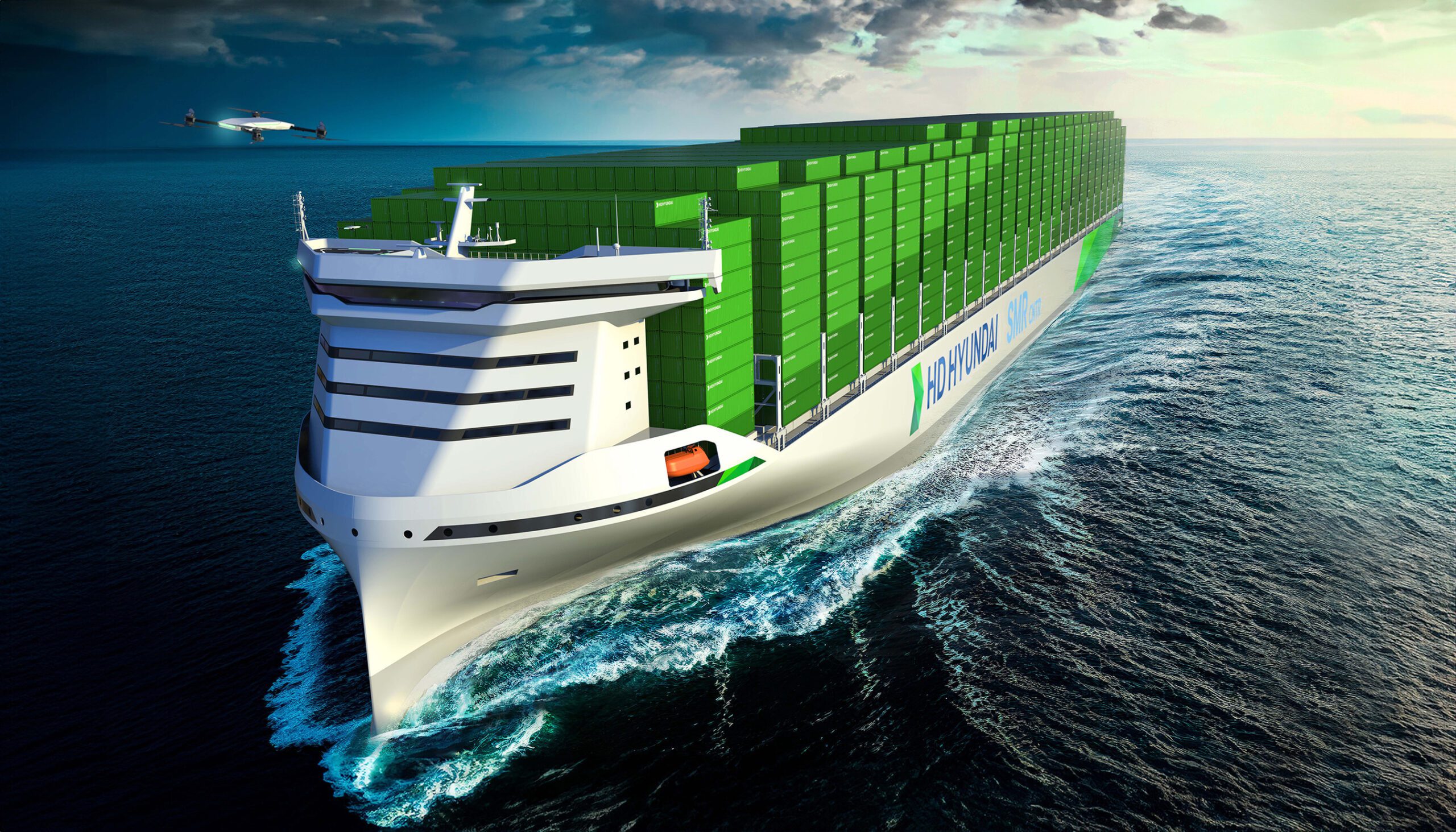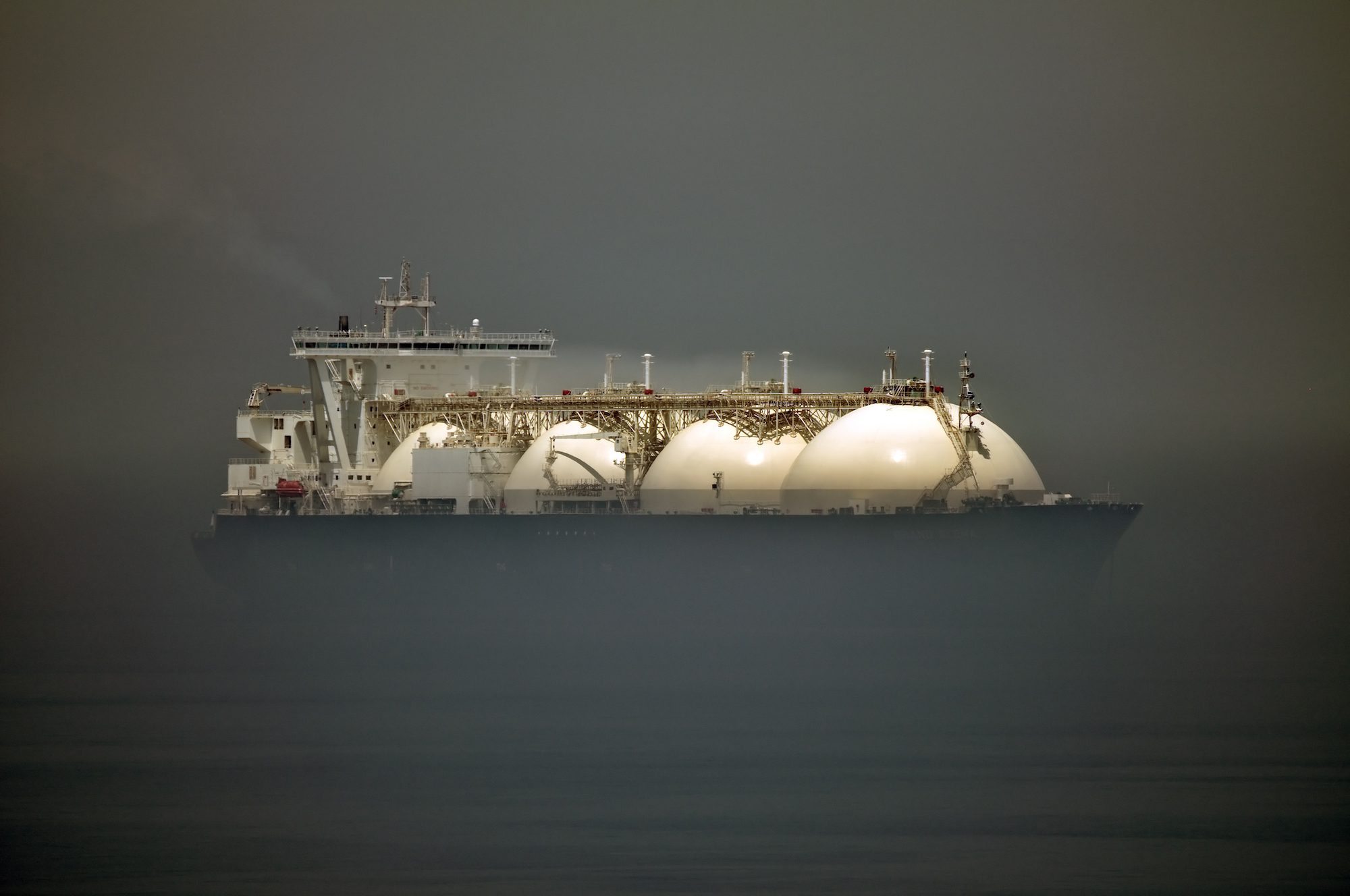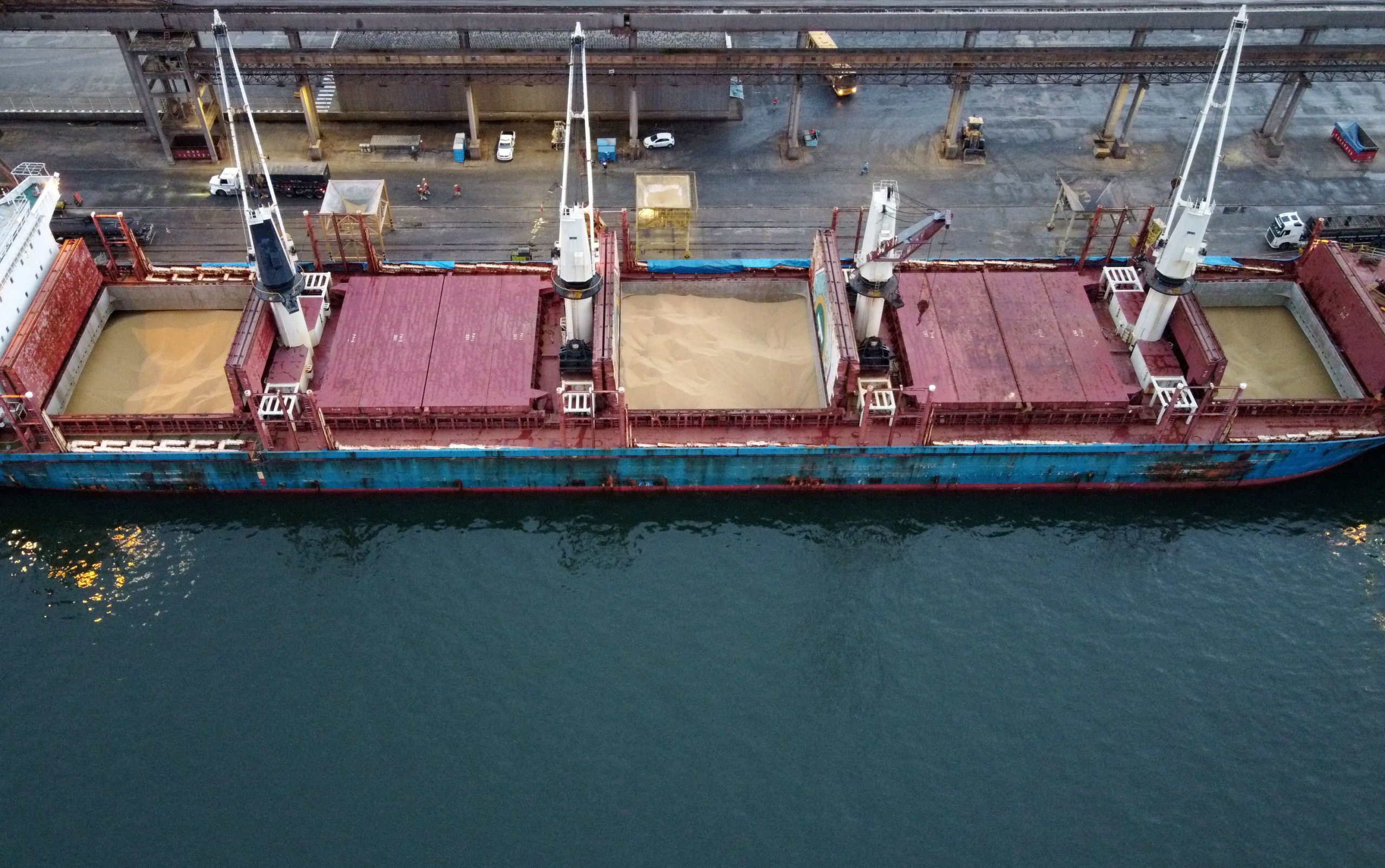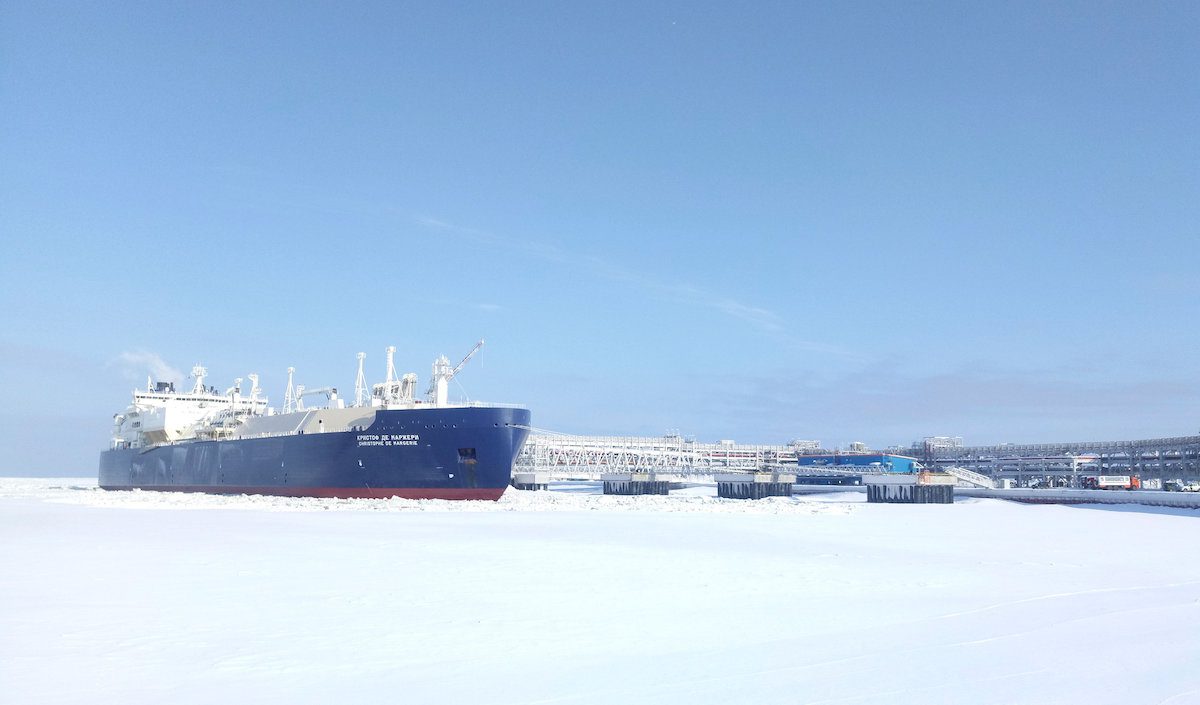HD Korea Shipbuilding & Offshore Engineering (HD KSOE) has reached a significant milestone in maritime innovation with the unveiling of its nuclear-powered containership design utilizing Small Modular Reactor (SMR) technology.
The groundbreaking design, revealed at the New Nuclear for Maritime Houston Summit, represents a significant advancement in sustainable shipping technology. The 15,000 TEU-class containership has already received Approval in Principle (AIP) from the American Bureau of Shipping (ABS).
The vessel’s design eliminates the need for traditional engine exhaust systems and fuel tanks, optimizing space for additional cargo capacity. Safety features include a sophisticated marine radiation shielding system utilizing a double-tank method with stainless steel and light water.
In collaboration with Baker Hughes, HD KSOE has incorporated a “supercritical” carbon dioxide-based propulsion system, achieving approximately 5% improved thermal efficiency compared to conventional steam-based systems.
Supercritical carbon dioxide-based propulsion system is a system that uses heated carbon dioxide to generate power more efficiently at lower temperatures and pressures than traditional methods.
“Nuclear-powered vessels can be a game-changer in the current shipbuilding market, where carbon neutrality is emerging,” said Patrick Ryan, Chief Technology Officer of ABS. “ABS and HD KSOE will contribute to accelerating the commercialization of marine nuclear technology in the global shipbuilding market.”
The economic advantages of nuclear propulsion are compelling. According to ABS Chairman and CEO Christopher J. Wiernicki, when considering fuel differentials, compliance costs, and residual value, nuclear-powered vessels are cost-competitive with fossil fuel alternatives while offering zero carbon operations.
Recent research by ABS and Herbert Engineering has demonstrated promising results, showing that a 14,000 TEU containership equipped with two 30MW fast reactors could operate for 25 years without refueling.
The industry is seeing broader momentum, with major players like Lloyd’s Register and CORE POWER partnering with Maersk to study nuclear-powered containerships. Simultaneously, Newcleo has collaborated with Fincantieri and RINA to develop specialized maritime SMRs.
HD KSOE is actively working toward commercialization, strengthening partnerships with classification societies and international regulatory bodies. The company aims to develop a comprehensive marine nuclear business model by 2030, with plans to establish a marine nuclear demonstration facility at its Future Technology Test Center in Yongin, Gyeonggi Province.
However, the implementation of nuclear propulsion technology faces several challenges. Wiernicki identifies key hurdles including the need for new public-private partnerships, updated insurance models, regulatory framework development, and comprehensive crew training programs. Safety remains paramount, with emphasis on public education about advanced reactor safety features.
The development represents a crucial step toward maritime decarbonization, with nuclear technology becoming increasingly vital for achieving the shipping industry’s net-zero emissions targets by 2050.

 Join The Club
Join The Club











